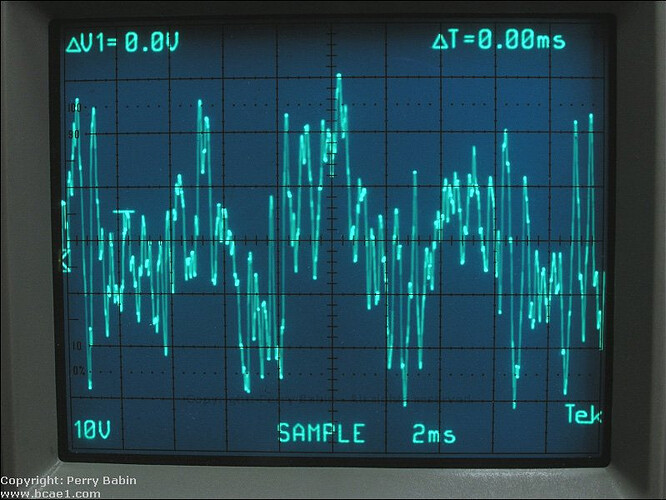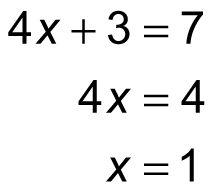I agree many average posters spread things they’ve heard from reviewers or other posters without sufficiently clarifying that they are spreading someone else’s opinion or analysis rather than their own. I also wish that all posters, regardless of how advanced they are in this hobby, would make it clear when they are sharing an opinion that is not their own.
I am also sympathetic to this viewpoint. My viewpoint was quite similar for a time, and in truth, underneath the growing complexity that I can understand more and more as I learn more about this hobby, it probably still is. The tricky part is in how one interprets “pass the signal accurately.” Unfortunately the way many have gone about determining that a DAC or amp is ‘passing the signal’ accurately is just to see if it doesn’t change a the form of a sine wave. It’s an extension of the wire with gain mentality; an amp should take an incoming electrical wave and make it taller (increase the amplitude) without otherwise changing its shape (the change in shape is the distortion). For a DAC the idea is that the incoming stream of 1s and 0s should be flawlessly converted to an electrical waveform without losing any of the information encoded in those 1s and 0s. Here’s the problem, many measurements take pure tones that have waveforms that look like this:
when in reality a signal that carries information that we perceive as music looks more like this:
(source) - and this is a rather simple music wave, truth be told.
Saying that because a piece of gear handles the former well that it will also handle the latter equally well is a bit like saying that because one can proficiently solve:
then they are also proficient at solving things like this:
Now, this is an oversimplification of the broader argument, certainly, and that oversimplification is being used to more quickly demonstrate a point. That point is that DACs (or amps) jobs are to extract the information, but there’s a lot there to extract, and that the ability to pass a sine wave doesn’t say very much about that extration ability. There’s a lot of complexity in the electrical transmission of a music sound wave. It’s very, very difficult to build measuring tools that can measure all of that nuance and complexity carried inside the wave. As the price of DACs and amps goes up, they are made of better and better parts. Those better parts are capable of extracting those nuances in ways that don’t show up on sine wave measurements. That’s because those better parts can respond more quickly to changing voltages and currents (and that’s what those waves are representations of…changing voltages and currents…and those changing voltages and currents are themselves represenations of the changes in pressure that result from the mechanical energy transmitted by a disturbance through a medium). Electrical signals travel so fast that sometimes we forget they still happen in time. The more responsive an electrical component is in the time domain, the more faithfully it can reproduce an incoming signal. In my own hearing, that has translated to better sound - most of the time (there are sometimes overpriced duds). Measuring equipment also operates in the time domain and as such can’t always operate fast enough to measure all those changes, either.
Now, it’s a fair question: if expensive electrical measuring equipment can’t pick up these signal differences, how can the human auditory system? It turns out the human brain is the most advanced pattern-recognition system on the planet. Our technology is still far behind our own brains’ abilities to recognize very subtle variations in patterns that we are familiar with. Music is the creative assembly of patterns of sound. And even though our brains aren’t as strong in audio pattern recognition as they are with visual pattern recognition, they are still inherently wired to alert our higher order cognition systems when something sounds different than they’re used to hearing - a different pattern. Audio gear that is made differently, using different parts, different circuit layouts, different power supplies, etc. will create slight variations that our brains can pick up with enough practice and familiarity.
In light of all that, when you title a thread “New Amp A90/789/Asgard3/or ZenCan” and then say they all sound the same…I think is neither fair nor accurate. It may be true that you don’t hear a difference yet, but stick with it and I’m sure you will.
Finally:
I bet that’s true. The L30 is literally 1/2 of an A90’s signle ended section. It’s the same circuit in both units.
Thanks again for the thoughts. I hope this discussion is useful beyond just the two of us sharing ideas.




